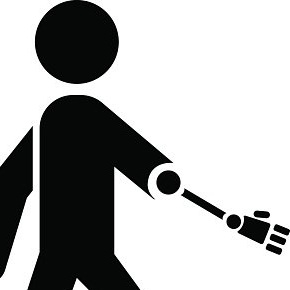This story intrigued me as it was close to home and so incredibly preventable. A builder nearly suffered an arm amputation due to PPP (Piss Poor Planning) and people failing to RTFM (Read the f@#king manual). See www.stuff.co.nz Southern District Health Board fined $225,000 after worker has arm crushed in X-ray machine
What Happened?
- In May 2017, a builder was contracted to decommission an x-ray machine in Dunedin Hospital The builder sub-contracted the work to Fire and Mech Contracting Limited (FMCL)
- No manual or manufacturer’s instructions on how to remove the machine were supplied by the SDHB and FMCL did not seek out the manual. Nor did it have any experience de-commissioning a machine
- The X-ray machine was mounted on tracks on the ceiling, and the X-Ray’s imaging focus could be adjusted via two wire ropes and a spring-loaded counterweight system.
- The builder was assisting a Fire and Mech engineer when the incident occurred. The victim was asked to stand on a ladder and help cut the second of two wire ropes. To do this he had to reach past a spring-loaded aluminium plate.
- When the second wire rope was cut it caused the aluminium plate to cut and crush his arm.
- The builder had both of the bones in his left forearm broken and suffered extensive nerve, tendon and muscle damage. He had several hours of surgery on the day of the incident and luckily, he didn’t have to travel far as he was already in the hospital.
What did the Courts Say?
Simon Humphries, a WorksafeNZ investigator said
“The incident was easily avoidable. Had the SDHB provided instructions to those involved in the decommissioning, a competent person may have been able to mitigate any risks around removing this kind of machinery.”
The Dunedin District Court imposed the following:
SDHB
Fine $225,000
Reparation $25,000.
FMCL
Fine $247,500
Reparation $25,000.
What can you and your team do to prevent an amputation?
If you are refurbishing your site and planning on de-commissioning machinery it is worth seeking both Engineering and HSE advice because a lot can go wrong. At a minimum you need to think about the following:
- Documentation: Original commissioning HazidID/HAZOP, Risk Register, Maintenance Logs, Standard Operating Procedures, Manufactures instructions and manuals.
- De-energising: Establish how the machine will be isolated, de-energised and locked out for transport. Note: It’s not just about unplugging the power supply. You also need to think about mechanical and pneumatic energy.
- Hazardous substances. Does the machine need to be flushed and tagged as safe before it can be transported on the roading corridor?
If you have anything to add to the list on how RTFM could prevent an arm amputation or another catastrophic injury on your site please call Sarah on 0272 007 680 or email sarah@employmenow.co.nz.
Have a safe and productive week.
SB
